
Audio products designed to combat phase distortion
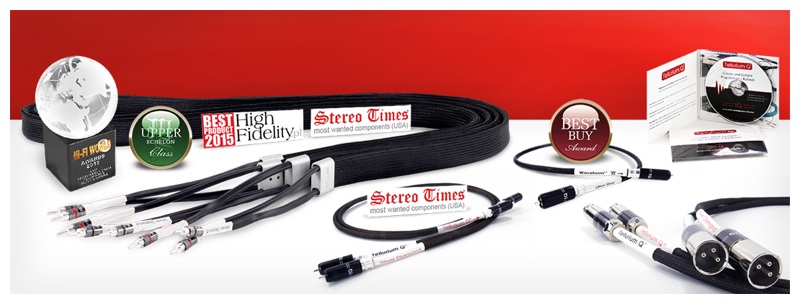
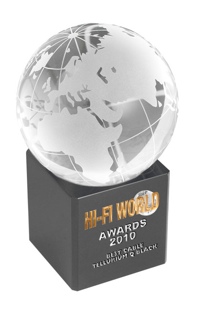 UK Designed Audio Cable - UK Manufactured Audio Cable
UK Designed Audio Cable - UK Manufactured Audio Cable
10 products of the year and most wanted component in just 2 years by preserving relative phase relationships in a signal.
The first cables designed primarily to combat phase distortion.
Our work is for the audiophile and music lover who wants to hear the clearest, purest sound from their system at a reasonable price.
We are focused on performance and our aim is to set a new standard.
“something that I’ve never heard from any cable at this price point.”
Paul Rigby HiFi World August 2010
“Cavernous acoustic space.....palpable sense of reality...good sense of timing and pitch...the sound was controlled and didn’t harden as the volume increased...even tonal balance.”
Hi Fi News (Feb 2010 edition)
What you don’t get from us:
Pretty expensive packaging and superfluous ornamentation on the products that add nothing to the objective of the best sound with the least phase distortion possible.
What you get from us:
The best performance for price that we can give you.
A minimal amount of packaging (recyclable) because products shouldn’t cost the earth.
Tellurium Q at a glance
Tellurium Q is primarily an audio research and development (R&D) company that also manufactures products. R & D is at the centre of every decision we take and every product we make.
That is why we design and develop products starting with a completely blank canvas and ask “what is really happening with this process, in these materials” and build on solid fundamentals. That is why you may find that what we produce might look a little different from what you might expect but that is just because we are focused on how to get a better clearer sound. How something looks is of secondary importance because we are working for the serious audiophile and music lover who, like us,wants to hear more in their music. That may be the reason that although our little company has only just appeared on the HiFi scene has immediately been awarded 5 Globes for an entire speaker cable range, awarded cables of the year for the ENTIRE cable range by HiFi Plus magazine and again product of the year by HIFi World in their Jan 2011 edition. All in the first 12 months!
Tellurium Q® : The Range
Although cables should not affect the sound there are factors that have to be considered because audio systems are not perfect and customers have listening preferences too. So you will see we have engineered three distinct families of sound to take account of three distinct demands our customers have asked for. Which is why we have the Silver and Blue ranges as well as the Black which help achieve this for our customers:
Silver range: The sound can best be described as silver but without the fatigue and harshness that can go along with that material.
Black range: the natural / transparent range that allows an incredibly life like reproduction for use in a well balance system to simply unlock what the system can do.
Blue range: slight warmth that just takes the harsh top edge out of a system that is a little brittle or bright.
So now you know why our cables have won so many awards and we have grown so quickly. We have taken a different and radical approach by looking at the “problem” of cables because they are “secret electronic filters” and you ignore that at your listening peril.
By thinking of cables in this way we can get closer to our goal of combating phase distortion (or more accurately, preserving relative phase relationships in a signal) giving you the most transparent, natural sound possible.You can think of it like a blurred picture becoming clear.
Tellurium Q® : Our Focus
Tellurium Q® have been asked many times why our cables perform differently to others. We are not going to pass on the exact details of what we are doing to achieve the performance that the reviews and multiple product of the year awards talk about, however time moves on and so it is time to talk a little more about the how.
When Tellurium Q® was set up the focus was primarily on phase distortion and minimising this problem inherent in all cabling, whoever makes them and where ever and however they are made. The reason it is a problem is simple, all materials (not just cables) in the path of a signal will act as an electronic filter according to the definition in the box below, whether you want it to or not. This is undeniable.
Please understand we use the word filter as its scientific definition and not necessarily as something being “filtered out” like with a mechanical sieve. We are primarily focussed on removing the smearing of frequencies through a timing shift and by doing this you get better clarity and transparency from Tellurium Q® cables.
This is the definition of an electronic filter:
“A filter is an electrical network that alters the amplitude and/or phase characteristics of a signal with respect to frequency. Ideally, a filter will not add new frequencies to the input signal, nor will it change the component frequencies of that signal, but it will change the relative amplitudes of the various frequency components and/or their phase relationships.”
Source: National Semiconductor Corporation
N.B. This is true of all speakers, amplifiers, DACs, CD players, cables etc…in fact anything in the signal path.
Once you accept the fact that your audio system is acting as multiple electronic filters smudging your music, then you have a choice:
a. Forget the cable is an electronic filter (completely in the face of science) and compromise by having a smeared sound or
b. Do something about it and engineer as clear and phase neutral a path for the signal as possible to get the most transparent sound that current technology will allow and preserve the original signal phase relations as much as possible.
Unfortunately it is not as easy as just looking at a chart of materials and simply picking the one with the best conductivity. If that were the case then you would put some silver wire in place and the job would be done.
Where Tellurium Q® Came From
People have been asking how Tellurium Q® came about and what we are doing to make our products work so differently from what is currently available. This has caused us problems because there are trade secrets and production methodologies that we definitely do not want to share with our competitors. I think that sometimes we are too much on the side of caution and that causes reviewers and our distributors a little problem. What do they say? What is the story to give our customers, a hook, a reason to listen when there are so many companies claiming big things? Why should people believe that we have a genuinely different approach? Yes a client can hear this is true within seconds of listening but the big problem is giving people a reason to want to listen having not yet heard the cable. In the UK this is not such a big problem as more and more people are giving their feedback to their friends and Tellurium Q® is spreading rapidly by word of mouth as much as from the remarkable reviews.
However we can say a little about our background, how Tellurium Q® came about and what we had to do to develop the products. So here goes.
How Tellurium Q® was born
One afternoon at a recording studio in Somerset, Geoff Merrigan, who was there because he was the studio’s business advisor started a conversation with the studio owner and a technical electronics expert. As there was a strong interest in science and technology they started talking about the system set up and sound quality relating to, and influenced by the various electronics. There was a bold claim that the cables were causing problems in recording quality. Both the studio owner and Geoff took the stand point that a cable is just a cable and all it needs to do is transmit a signal and enough power, end of story, surely? An hour later after discussing the fundamentals of signal transfer theoretically in a standard cable’s construction and why exactly that caused problems. It made absolute sense and Tellurium Q® was born on a leap of faith. The new company invested heavily in R&D and non-standard tooling to bring about the first cable, Tellurium Q Black. Thankfully it exceeded expectations and in the UK there was an immediate uptake with a small handful of dealers who were prepared to use their ears. The most recent phase of development sees the introduction of our own tellurium copper connectors that have a near perfect synergy with the Tellurium Q® cables, as the latest review in the magazine HiFi World confirms. See here for review.
What people do not realise is that to get the best performance in a cable you actually have to be prepared to compromise between a number of factors. For example in most applications a signal must not leak into the dielectric (but this is a good thing in capacitors).
Stepping back further, you even need to ask what exactly is a “signal”. An electric current is not a bunch of electrons entering a wire at one end, zipping through and popping out the other end. No. It is more like the Newton’s cradle toy where a wave of impacts go through the swinging balls quickly while the balls themselves move very little. Even this analogy is a world away from what actually happens, though. Of course the electrons work their way through the wire. Just not very quickly that is all.
When you understand what a signal actually may be and can model the way it is likely to behave and how this “wave potential” is affected and then what function that signal has to fulfil, it is then time to do a bit of a balancing act. This is between, for example, capacitance, inductance, accurate transmission (not just material “purity” as many think) and high speed transmission (which in itself involves a whole host of lesser criteria). It is this fine tuning process that can lead to some surprises in choice of materials that is REQUIRED for the compromises to work efficiently and effectively. What we do a little differently is that we skew the balancing act to take into account phase accuracy to give a recording correct timing reproduction. In a nutshell, that is how we at Tellurium Q®get the results we get. We believe that we put more into research and development than any other company as a percentage of our profitability and we have no reason to stop doing so. Research is our passion and our customers are the beneficiaries of this.
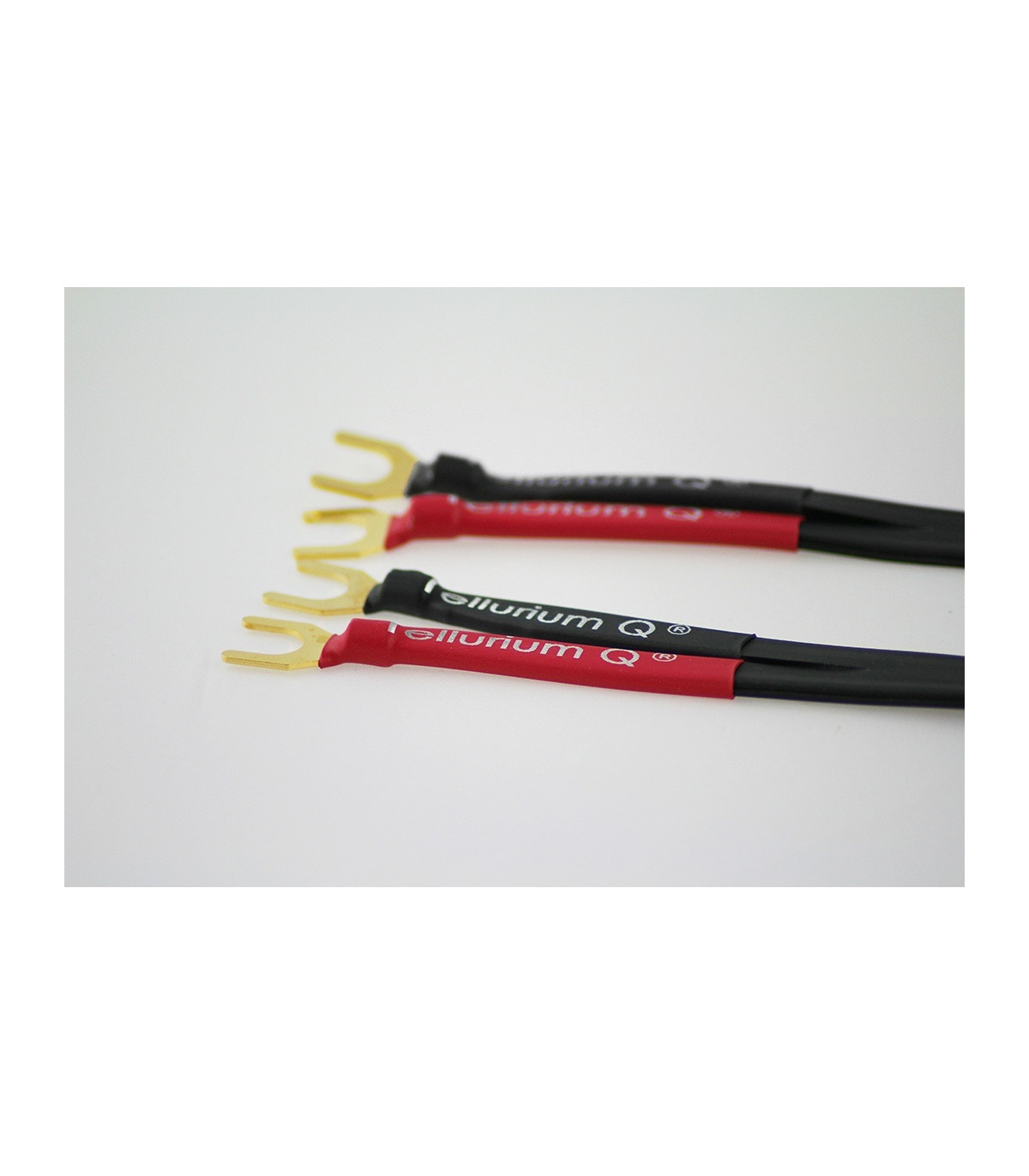

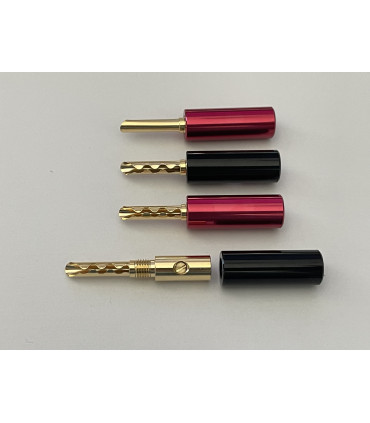

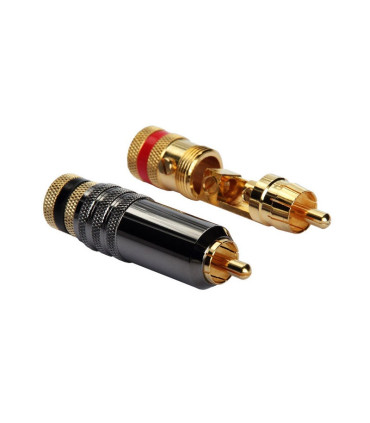
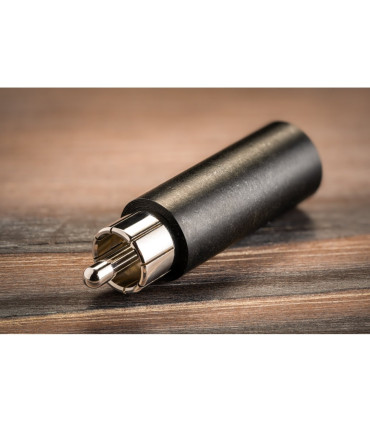
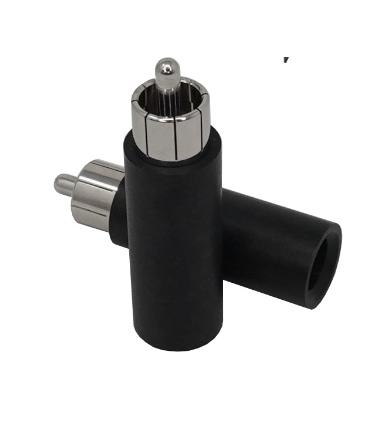
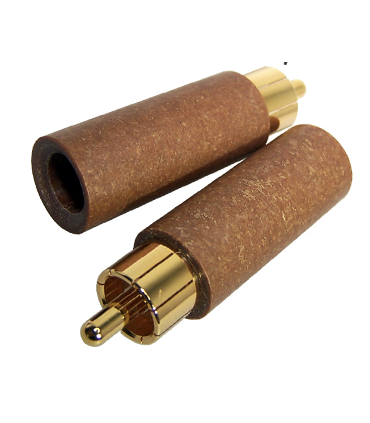
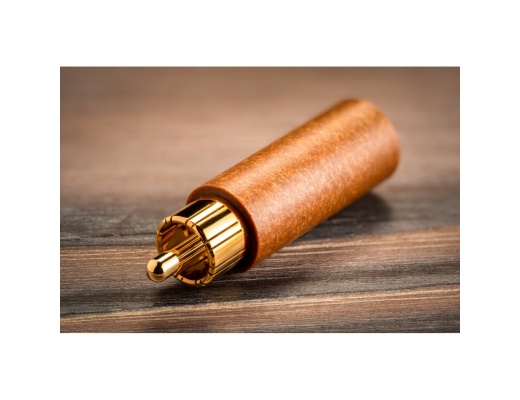
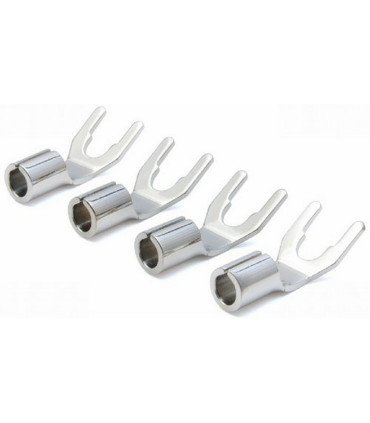
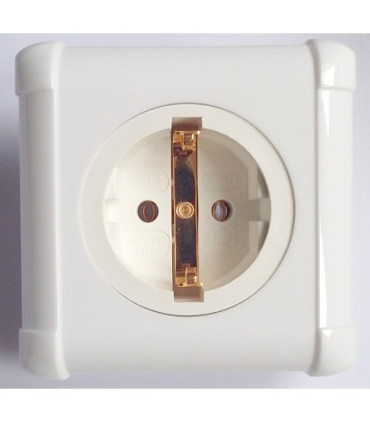
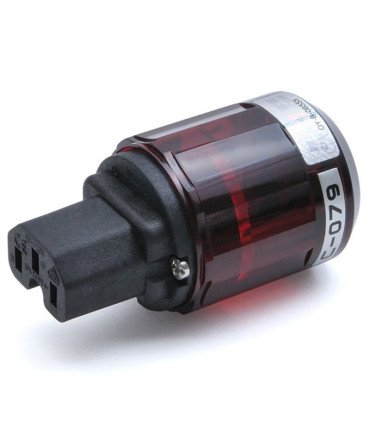
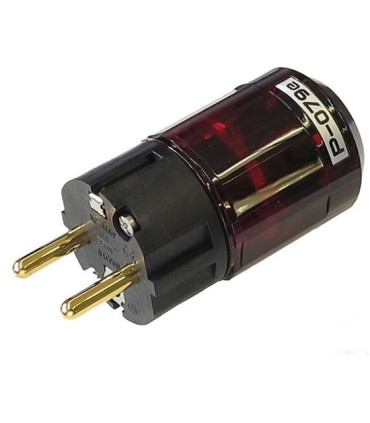
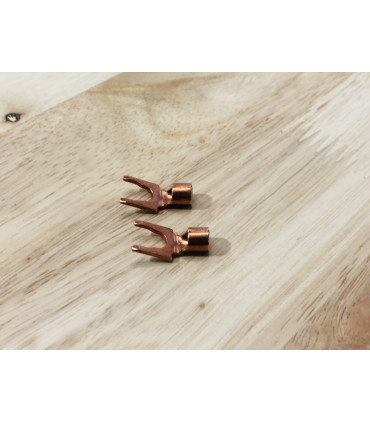
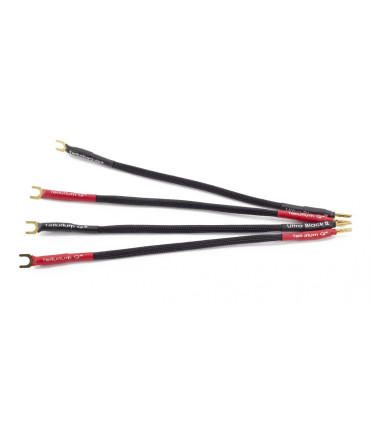
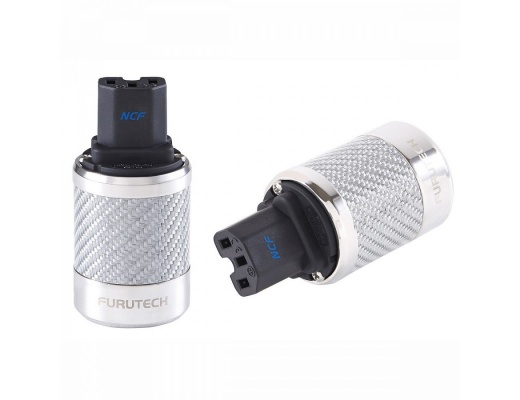
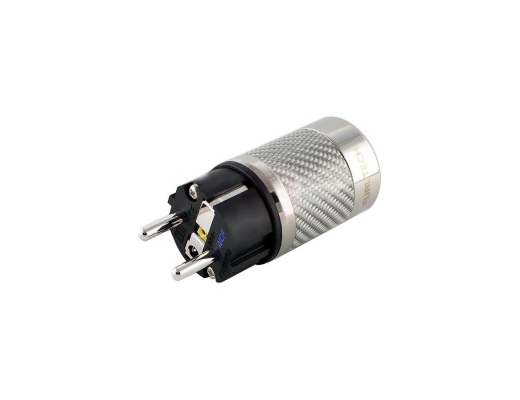
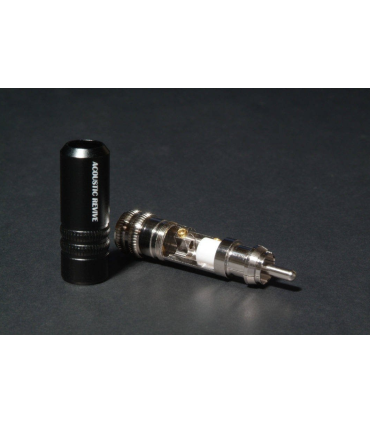
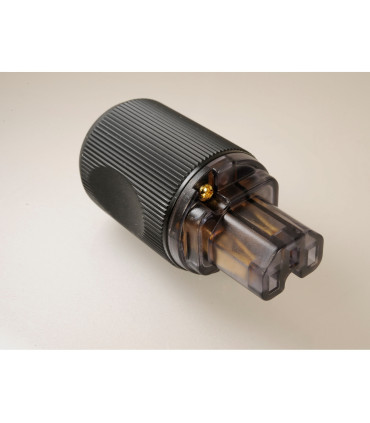


















Leave a review